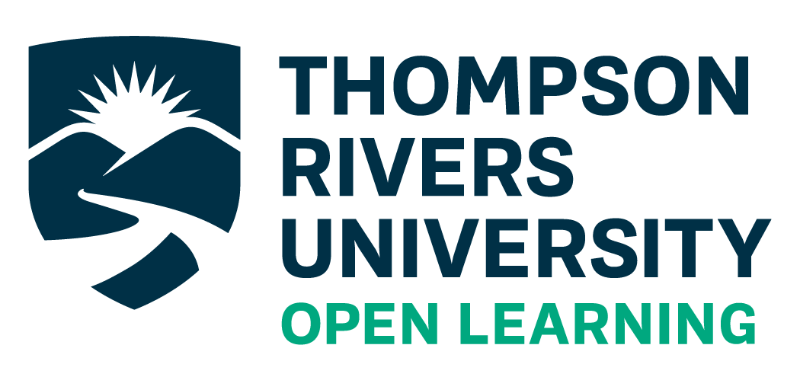First Nations, Indigenous, or Aboriginal: Which Is Appropriate?
Bob Joseph’s CBC article addresses how and why the terminology we use may be changing: “One of the key messages I give in my workshops and training: ‘Go with what they are calling themselves.’ […] it’s about showing respect and using the term that individuals and organizations have chosen for themselves.” Joseph, B. (2016, September 21). Indigenous or Aboriginal:…
